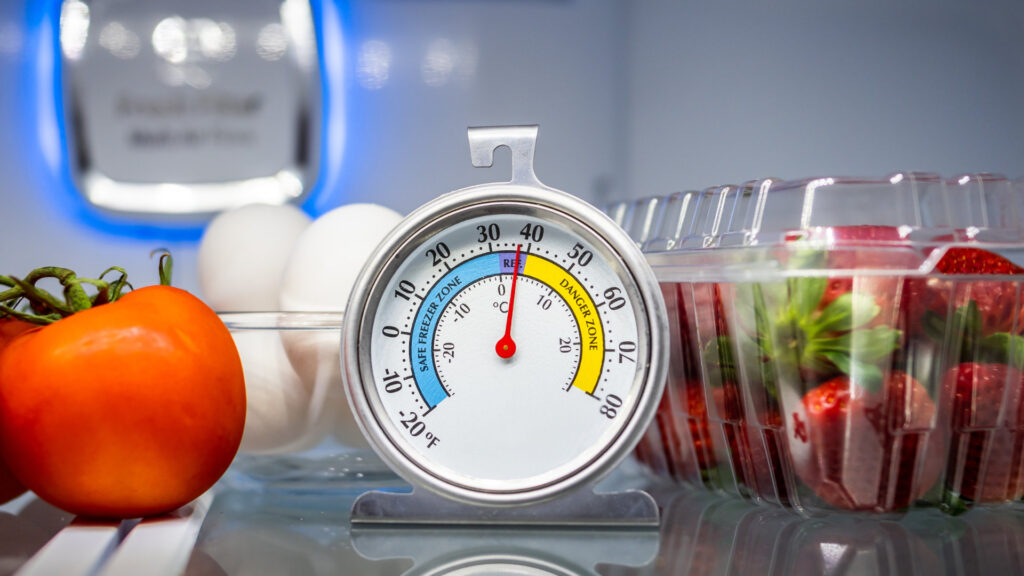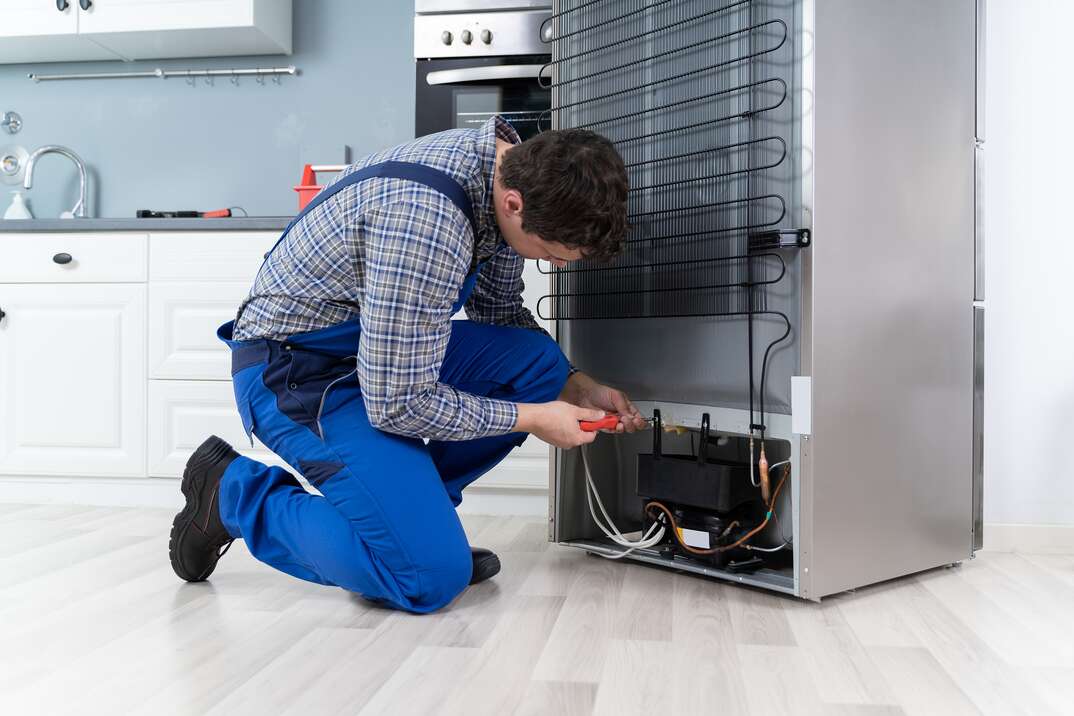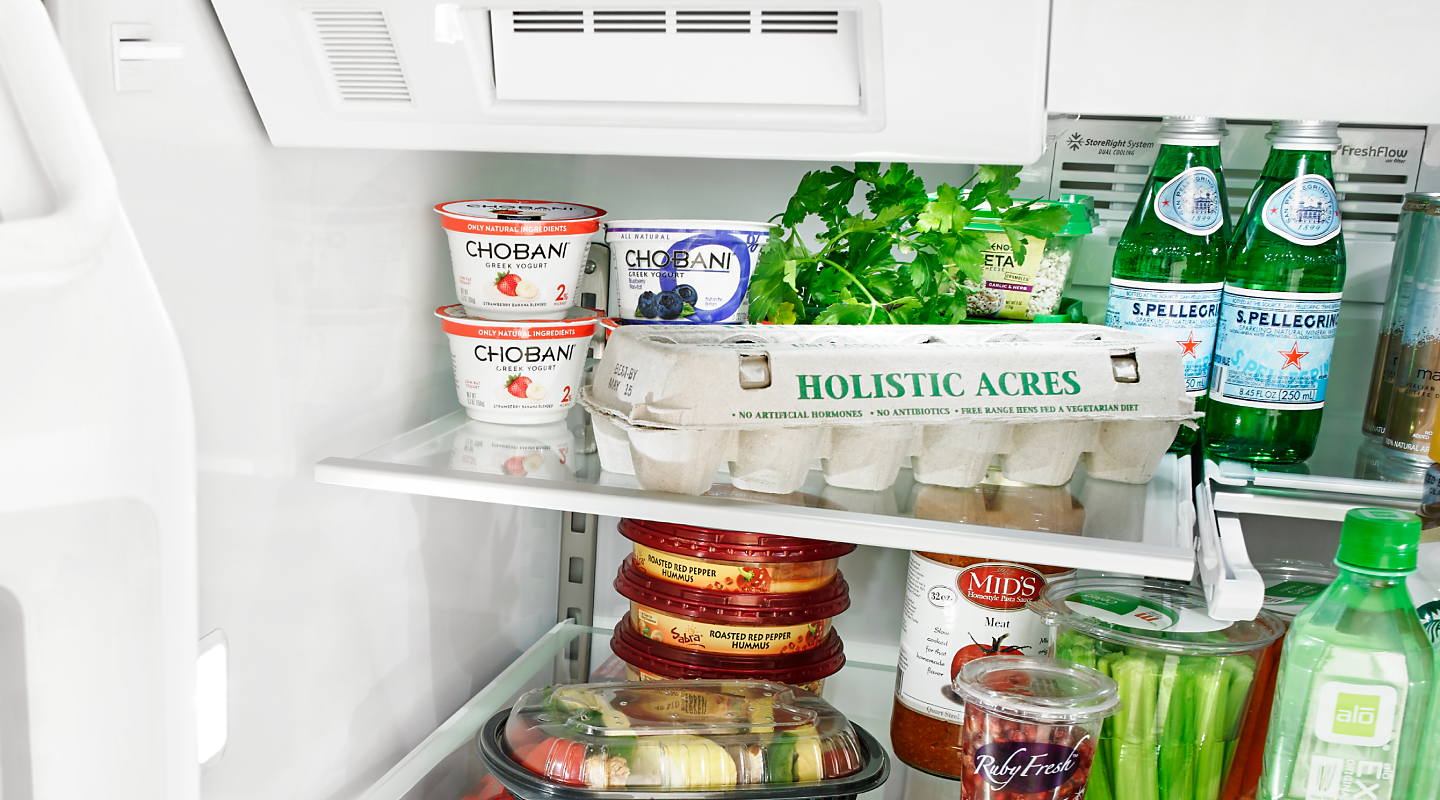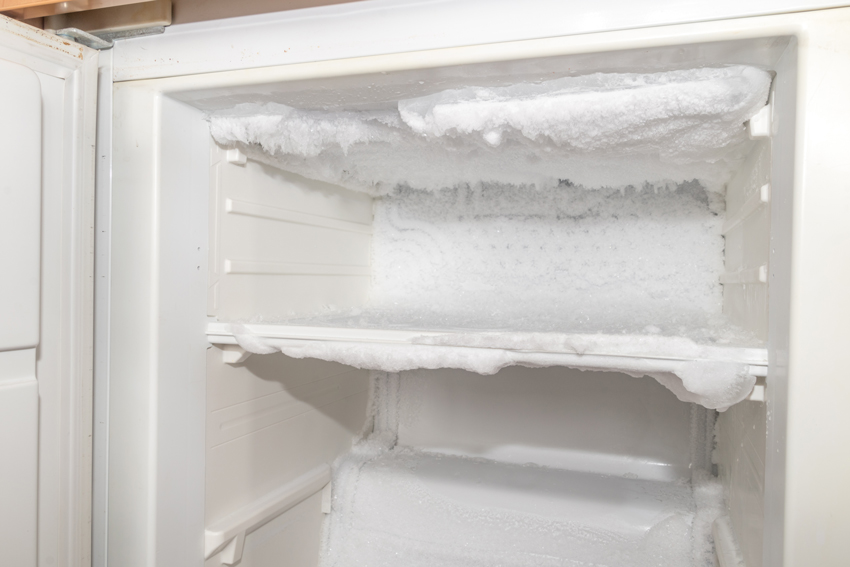Discovering that your fridge is too warm can be concerning, as it can lead to food spoilage and waste. A failure to maintain proper cooling temperatures can be caused by various factors, ranging from simple issues like improper temperature settings to more complex problems like compressor failure. Understanding the potential causes behind a fridge that’s too warm and taking appropriate action is crucial to prevent food loss and maintain the functionality of your appliance. Here’s what you need to know:
Common Causes of a Fridge That’s Too Warm:
- Incorrect Temperature Settings: Check the temperature settings on your fridge to ensure they are set to the appropriate levels. If the temperature is set too high, the fridge may not cool effectively.
- Dirty Condenser Coils: Over time, dust and debris can accumulate on the condenser coils, inhibiting heat transfer and reducing cooling efficiency.
- Faulty Evaporator Fan: The evaporator fan circulates cold air from the freezer to the fridge compartment. If the fan is faulty or not working properly, it can lead to inadequate cooling in the fridge.
- Blocked Air Vents: Blocked air vents in the fridge compartment can restrict airflow and prevent proper cooling. Check for obstructions such as food packaging or ice buildup around the vents.
- Defective Thermostat: A defective thermostat may fail to regulate the temperature properly, resulting in inconsistent cooling or warmer-than-desired temperatures in the fridge.
- Compressor Issues: The compressor is responsible for compressing refrigerant gas to cool the fridge. If the compressor is faulty or failing, it may not be able to maintain proper cooling temperatures.











